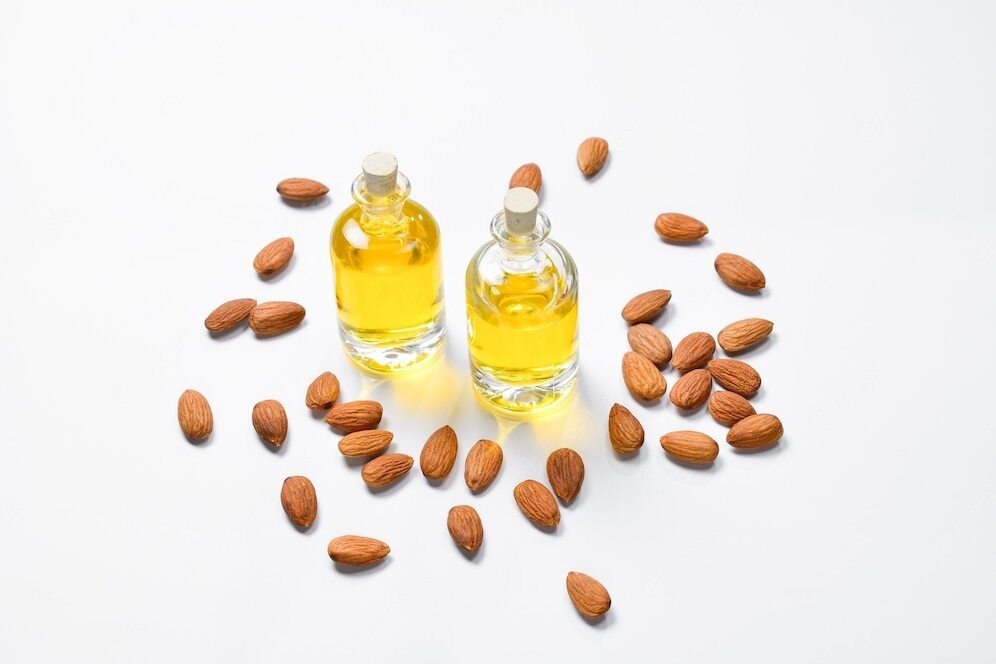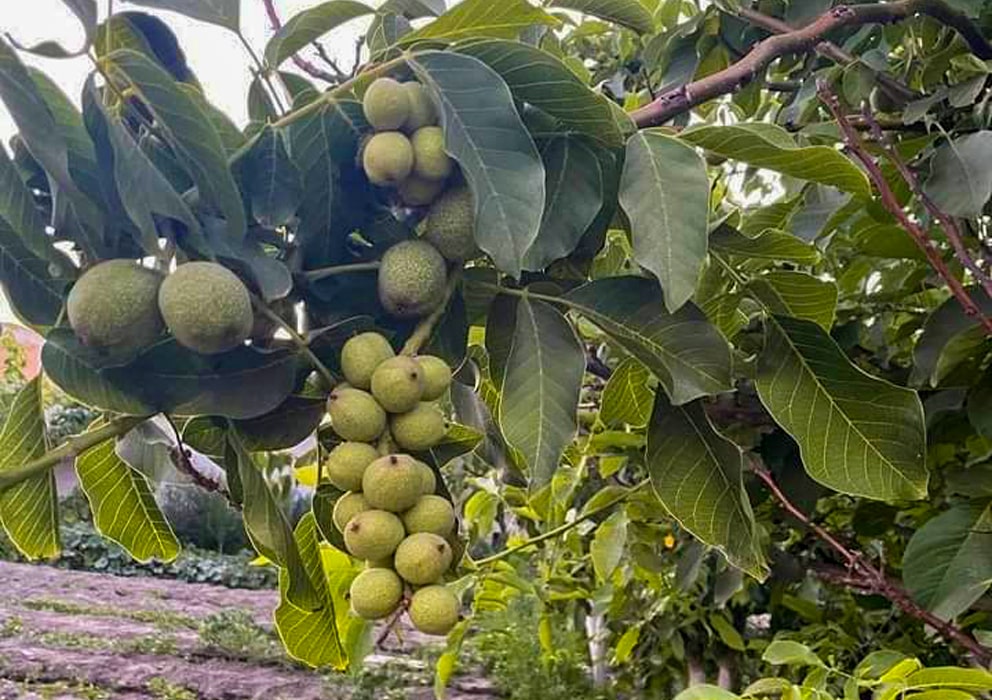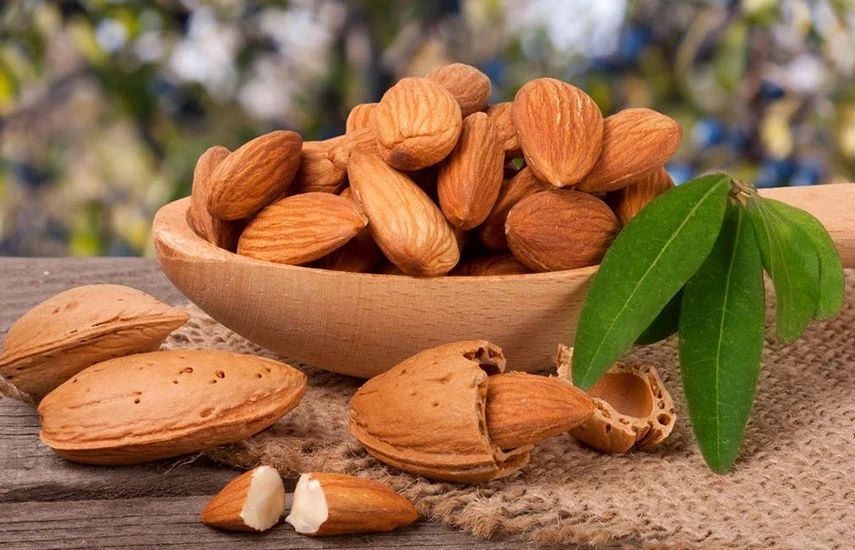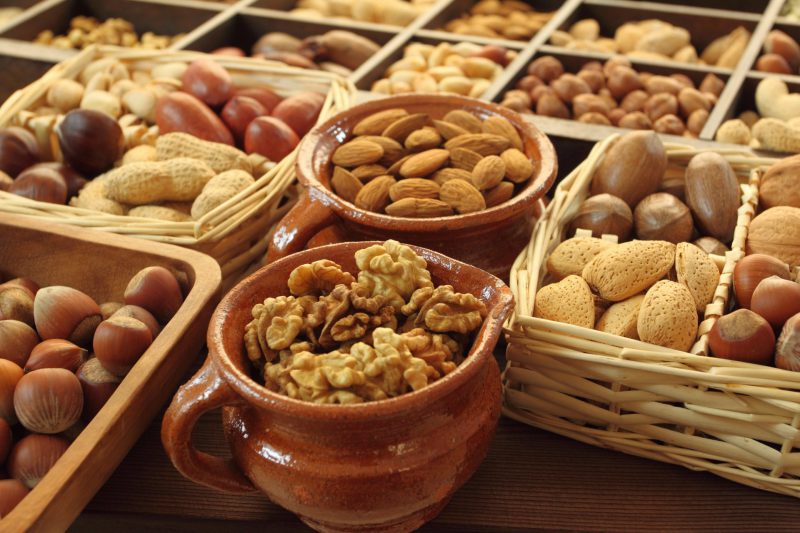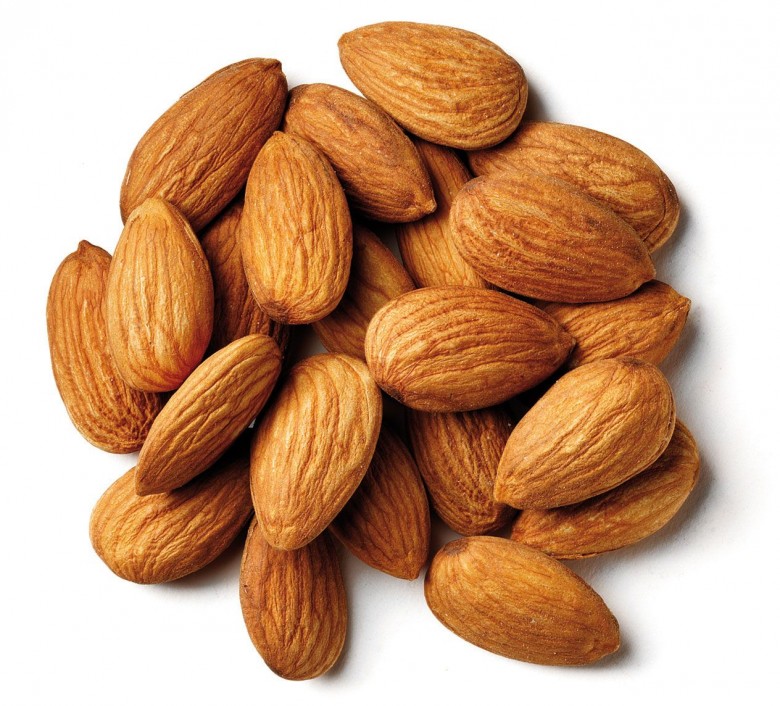Sweet
Sweet almonds, P. dulcis variety dulcis, are probably the most familiar to you, as they are the most common type of almond. The trees from which almond oil is extracted can be found here. They are available in a variety of forms, including pre-made mixes, baking ingredients, and even snacks. All almonds that go into baking and cooking are always the sweet form of the nut.
Bitter
Among the almond varieties is the bitter almond. The oil from the bitter almond, P. dulcis amara, is used to flavor liqueurs and other extracts. Because bitter almonds contain traces of cyanide, a powerful poison, they are not sold in the United States.
The poison is removed from bitter almonds before they are processed to produce flavor. The cyanide in the nuts is released when heated, making them safe to eat. Bitter almonds are never sold as packaged almonds in the United States, so you can eat these nuts without fear.
Why are sweet almonds used?
Other plant chemicals, such as fatty acids and fiber, are found in the shells of sweet almonds. People with high cholesterol and heart disease may benefit from consuming these substances, which can help lower cholesterol and regulate blood sugar. People trying to lose weight and eating fewer sweet almonds may find it easier to stay on track. In addition, there are:
Low-density lipoprotein (LDL) cholesterol and total cholesterol may be reduced by eating sweet almonds for 4 to 9 weeks if you have high cholesterol. However, eating almonds has little effect on levels of “good” high-density lipoprotein (HDL) cholesterol or blood lipids known as triglycerides.
Early studies have shown that applying almond ointment to the skin does not protect against skin damage caused by radiation therapy for breast cancer.
Constipation
Inflamed and cracked skin
Bladder, breast, oral, spleen, and uterine cancers
Other conditions
Why use bitter almonds?
Eating bitter almonds may provide relief from certain medical conditions. Bitter almonds contain a toxin that the body breaks down into cyanide, a chemical that can cause very serious harm or even death in some cases when consumed in large quantities. Therefore, raw almonds should be avoided. However, bitter almond oil has a number of benefits, which we will discuss below.
Benefits of almond oil include:
Stop the spread of fungi
In very small doses, bitter almond oil has also been used as an antipyretic for chronic fevers.
Get rid of worms
It is quite effective in killing intestinal worms, but it must be given in very low potency due to its strong bitterness and toxicity.
Useful in treating muscle spasms
Bitter almond oil is also credited with antispasmodic properties.
Kill bacteria
Hydrogen, cyanide and benzaldehyde, two components of bitter almond oil, are very harmful to animals and bacteria, germs, fungi and viruses. As a result, it is an effective bactericide, antiviral and fungicide. It can treat infections caused by viruses, bacteria and fungi.
Skin and hair and flavoring of food products
Skin and hair can be protected from germs, insects and fungi by applying a mixture of very low concentration (very mild) with water to the affected areas. After removing the harmful components, the flavoring is used in food products. In addition, it is used in various industries for flavoring.
In the next section we will look at the different types of almonds (badam types), which are divided into sweet and bitter varieties.
What is Mamra Almond?
What is Mamra Badam? Mamra is a phrase used to describe the crisp and crumbly texture of almonds (murmura in Hindi). Perhaps the term mamra badam comes from the crisp texture of this Iranian mamra badam. One of the most expensive and distinctive types of almonds in the market is Mamra Badam.
The broad varieties of Mamra almonds are grown in the cold, rocky plains of Iran, Afghanistan, and Kashmir. Mamra almond trees thrive in sandy, loamy, or clay soils with a pH of 1.5% or less. Mamra almond saplings can be planted in acidic, neutral, or alkaline soil, provided it is well-drained. Production is quite low, which is limited by its geographical location. Growth is constrained by factors such as quality and location. Due to this, mamra badams are expensive. Traditionally, mamra badams was a delicacy enjoyed by the aristocracy and is still considered one of the most expensive nuts on the market.
Mamra Almonds vs. Regular Almonds
What is Mamra Badam? Mamra almonds are different from regular almonds not only in shape but also in taste and nutritional content. The neck shape and crunchy taste of Mamra almonds sets them apart from regular almonds. These nuts with their characteristic neck shape are among the most expensive in the market. They account for only 5% of the world's almond production, the rest is regular almonds.
How to distinguish Mamra almonds from other types of almonds?
Mamra almonds have an indentation at the front, while regular or California almonds are convex on both sides. Also, Mamra almonds are not as sweet and tasty as regular almonds, but the health benefits of Mamra almonds help to hide this.
Are Mamra almonds more nutrient dense than regular almonds?
They have ten times more nutrients than regular almonds. Pasteurized almonds, which are used to produce almond oil, are deprived of some of the nutrients found in their natural form. Compared to regular almonds, which are large and round with little fat, mamra has a slimmer shape.
The immense health benefits of almonds make them the number one nut. Vitamin E, magnesium, manganese, protein, fiber, and antioxidants are found in abundance in this product. Almonds are sold and grown in different parts of the world, and several famous types of almonds can be found.
Only 4% to 5% of the world's almonds are of the mamra variety. The best mamra almonds are grown in Afghanistan and Iran. Regular almonds occupy 85% of the market and have higher yields and productivity. Their market price is low and easily available due to mass production. Compared to regular almonds, marma contains the most carbohydrates and oil, and also the most calories. As an energy food, it has a lower protein value than regular almonds and is also high in sugar.
